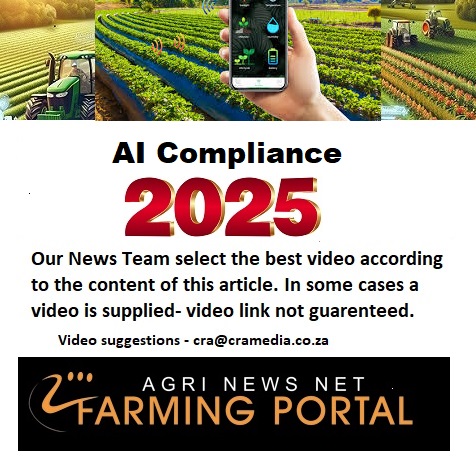While environmental, social, and political risks dominate discussions, the essential role of agricultural input providers—such as agrochemicals and seed breeding—often receives insufficient attention. Consumers and policymakers tend to focus on the end products rather than the foundational technological advancements that drive productivity.
Technological Progress and Its Impact
Since 1994, South Africa's agricultural value has more than doubled due to expanded export markets and the adoption of high-yield seed varieties, improved animal genetics, and agrochemicals. Technological advancements, including genetically modified (GM) crops introduced in the early 2000s, have significantly boosted yields, making South Africa a net exporter of maize and soybeans despite its semi-arid climate.
To sustain progress amidst climate change and geopolitical challenges, South Africa should further invest in science and technology, leveraging its thriving private-sector-led agriculture for research and development. However, government regulators need to expedite the approval processes for agrochemicals and seeds to avoid bureaucratic delays.
Regulatory Challenges
South Africa's regulatory framework, such as Act 36 of 1947 governing fertilizers, seeds, and remedies, needs modernization to support contemporary agricultural innovations. Globally, even regions like the European Union, historically cautious about agricultural science, are revising regulations to accommodate new genomic techniques (NGTs) that enhance sustainability, resilience, and yield.
- Modernize Regulations: Review and update South Africa’s laws on gene editing and NGTs to align with global best practices.
- Accelerate Approvals: Streamline the regulatory process for agrochemicals and seed innovations to avoid stifling progress.
- Private-Public Collaboration: Regulators should prioritize sustainability and competitiveness by collaborating effectively with private-sector researchers.
- Separate Issues: Organized agriculture must ensure scientific discussions with regulators remain focused, avoiding unrelated political or operational concerns.
Trade and technological adoption have driven South Africa’s agricultural success. To remain competitive and address emerging challenges, the country must embrace modern agricultural science and align its regulations with global standards, particularly in the context of NGTs.
 How Technology Is Transforming Farming Practices
How Technology Is Transforming Farming Practices
In South Africa, maize production is highly vulnerable to drought, largely influenced by the El Niño phenomenon. About 83% of the country’s maize is rain-fed, making timely planting during the rainy summer critical for optimal growth. Smallholder farmers adopt various strategies to manage drought risks, including ex-post measures like loans and disaster relief, and ex-ante strategies such as drought-resistant crops and limited irrigation. However, expensive premiums hinder widespread access to insurance, leaving many farmers uninsured.
Traditional Crop Insurance Challenges
The South African agricultural insurance market offers three main products:
- Named Peril Insurance – Covers specific risks like hail but excludes broader risks.
- Multiple Peril Crop Insurance (MPCI) – Provides comprehensive coverage but is prohibitively expensive due to limited government support.
- Revenue Crop Insurance – Focuses on income stability but faces low adoption.
Natural disasters such as floods, storms, drought, and wildfires increase systemic risks, making traditional insurance less viable. High transaction costs, geographic dispersion of farmers, and information asymmetry exacerbate these challenges. Traditional insurance relies on extensive datasets for pricing, but covariance risks like widespread drought strain insurers' capacity to compensate.
Index-based insurance, triggered by objective metrics like rainfall, area yields, or satellite data, bypasses field-level assessments, reducing costs and moral hazards. However, it faces basis risk due to mismatches between the index and actual farmer losses, influenced by design flaws or spatial and temporal discrepancies.
Recent advancements focus on soil moisture as an index variable due to its direct impact on crop growth. Soil moisture data, collected through remote sensing technologies, offers more precise drought monitoring compared to rainfall measurements.
Currently, South African regulations do not accommodate index-based insurance, but efforts are underway. For example:
- Santam has tested soil moisture insurance products.
- Land Bank Insurance Company (LBIC) partnered with CelsiusPro in 2024 to pilot drought insurance for crops and livestock.
Soil moisture insurance could transform drought risk management by providing timely payouts based on automated triggers, reducing administrative burdens, and minimizing moral hazards. It holds the potential to stabilize rural incomes, reduce reliance on state disaster relief, and promote sustainable farming.
- Educating farmers about the benefits and mechanics of index-based insurance.
- Prioritizing accessibility to support the most vulnerable farmers.
- Aligning regulatory frameworks with innovative insurance solutions.
By leveraging advancements in remote sensing and addressing traditional insurance shortcomings, soil moisture index insurance can enhance the resilience of South African smallholder farmers and support sustainable agricultural practices.















